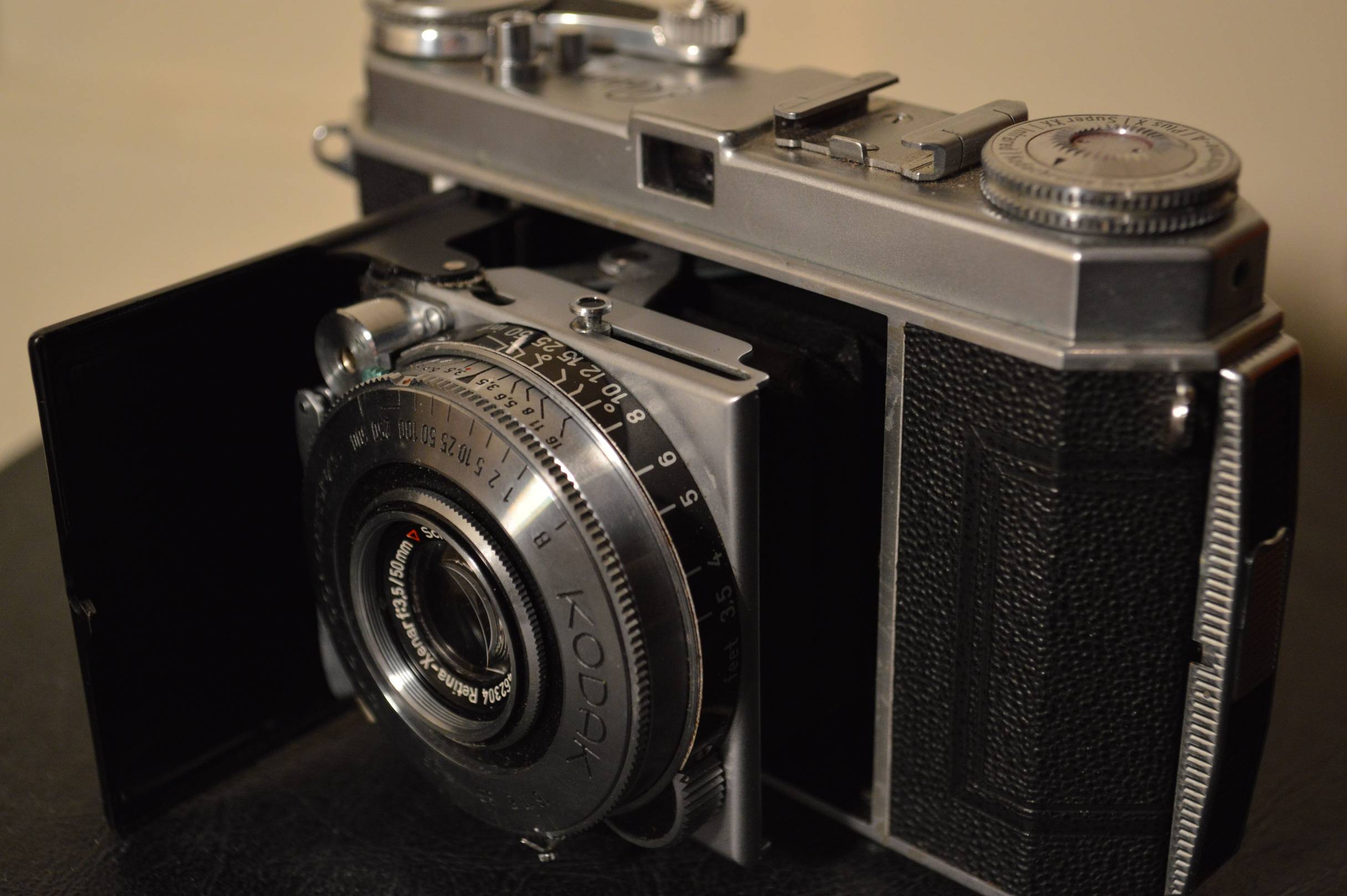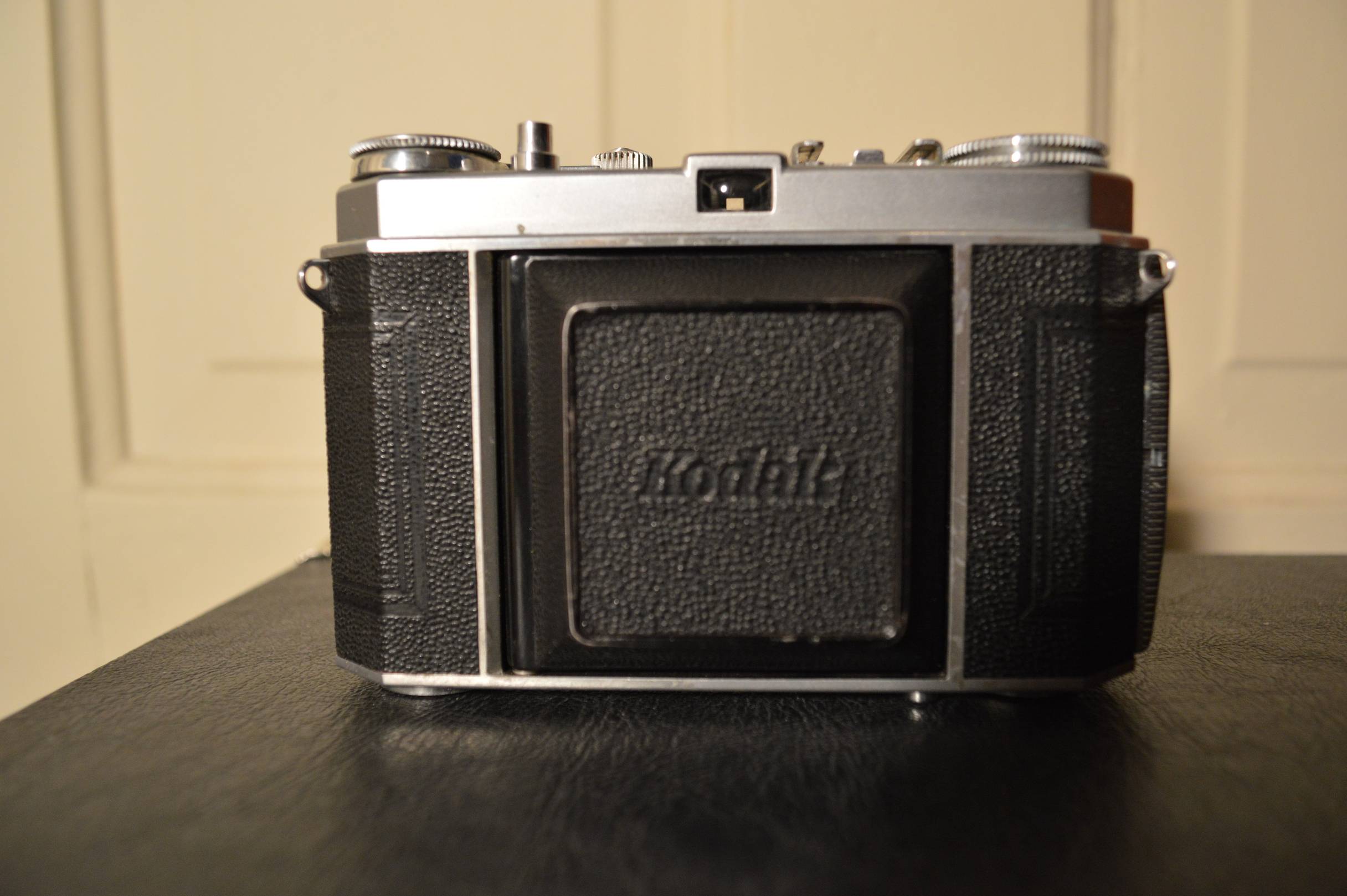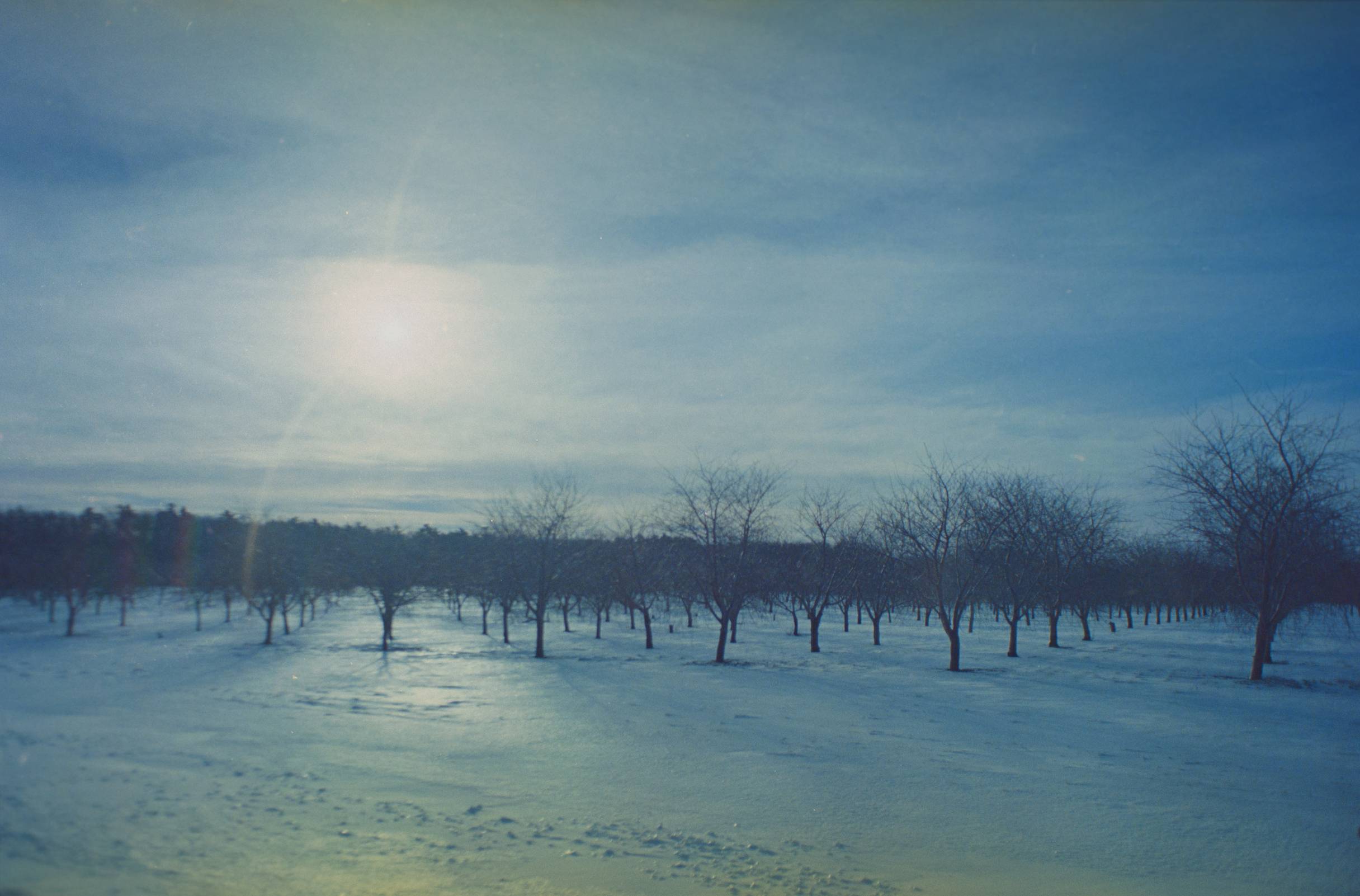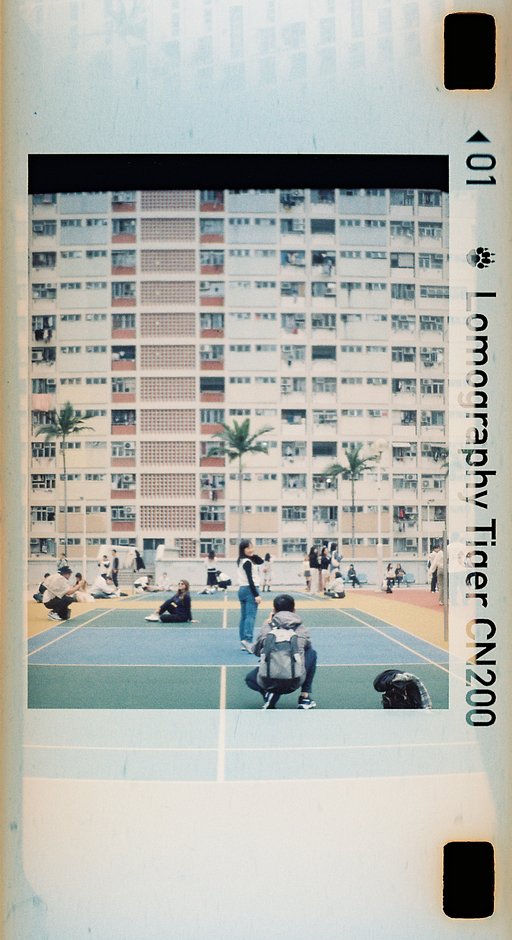A Frankenstein Limbo Camera: A Review of Kodak Retina Ia
5 21 Share TweetThe Kodak Retina Ia, often regarded as completely useless by most photographers, is something I simply love using. This elder camera has its issues and a rather strange design. It is a strange mixture of the pocket folding cameras of the early 20th century and the 35mm rangefinders and SLRs that came about at the beginning of the 1960s. It has the small compact shape of a rangefinder but with a 50mm lens that folds out in a stylish yet otherworldly way. On top of all that, the gears and buttons (even the pinhole-sized viewfinder) have an all too beautiful old-world ornate layout. This is why I have dubbed it the Frankenstein Limbo Camera.

The Retina series helped popularize 35mm starting in 1951 when Kodak revamped the previous Retina line which was around before WW2. They produced these high-quality beauties and their higher models in Germany throughout the 1950s. Though, with the Retina Ia, they neglected to add any metering or accurate focusing features, which is why many modern photographers pass them up for the later models that had these features.

The lack of metering isn’t a big fright in my eyes (most of those old meters are beginning to become radioactive anyway) but the lack of a built-in rangefinder is a major hassle. The manual happily informs us of the mathematical equations that determine depth of field depending on your aperture, giving us a wide, or narrow, margin for error when guessing the distance of our subjects. Easily enough, Kodak service rangefinders serve their purpose just as accurately now as back in the day. Well, at least mine does. They’re hell to see through but well enough when you need that extra focusing confidence.

I found my Frankenstein Limbo camera for a dirty steal at little more than nine dollars in a thrift store. It must have never been used because, out of all of my dime store finds, it takes the sharpest pictures. It’s super light to carry and although the highest speed, 1/500, can only be accessed before you move to the next frame the speed is just enough for scenic snowy landscapes. The four-element lens really does some strange things to light flares and highlights which gives photos a unique look. The blank photo button is interesting too. You can choose not to expose frames on your roll of film if you ever feel the need to switch film types mid roll. The lens is fast as well with a max aperture of f2.8 (some are f3.5).

In the end photography is just as much about capturing yourself as your subject. We all look for understanding in perfectly imprisoned light that seems missing in its free-flowing form. The experience of freezing a moment for further study is improved by not having the perfect exposure or even the most advanced tool, but by having a character that reflects our peculiarities either in terms of results or just the funky style an old camera like the Retina Ia brings.
written by Jake Whalen on 2016-03-28 #gear #review #camera-review #kodak-retina
















5 Comments